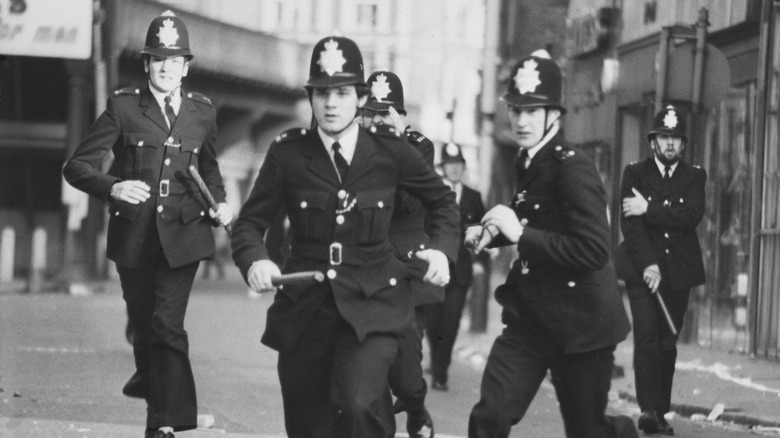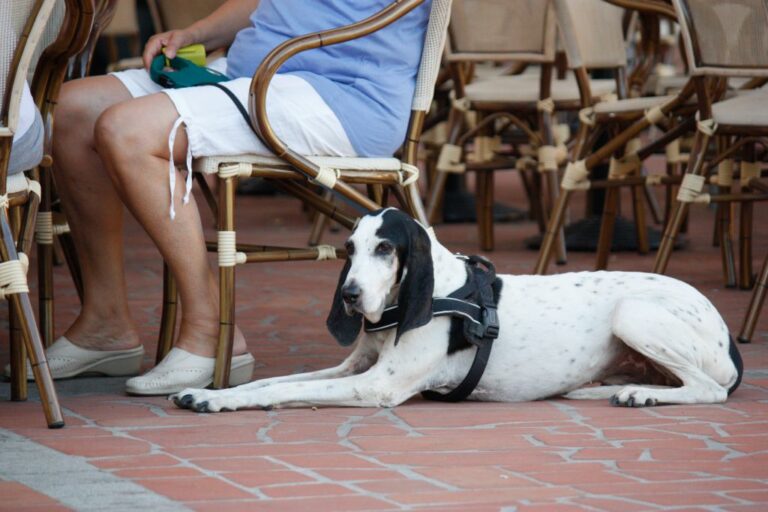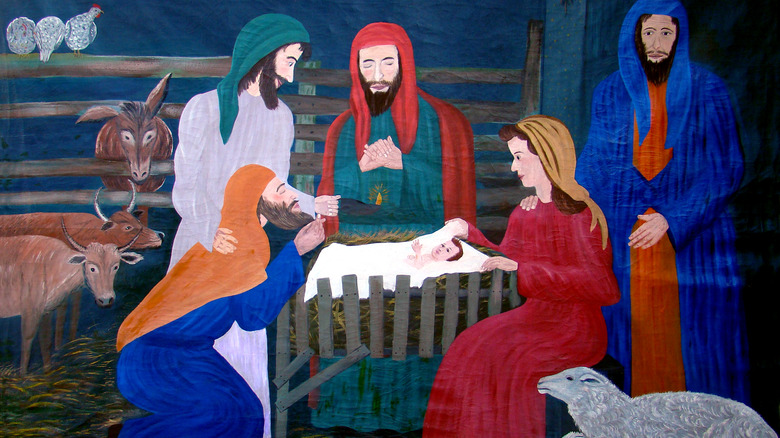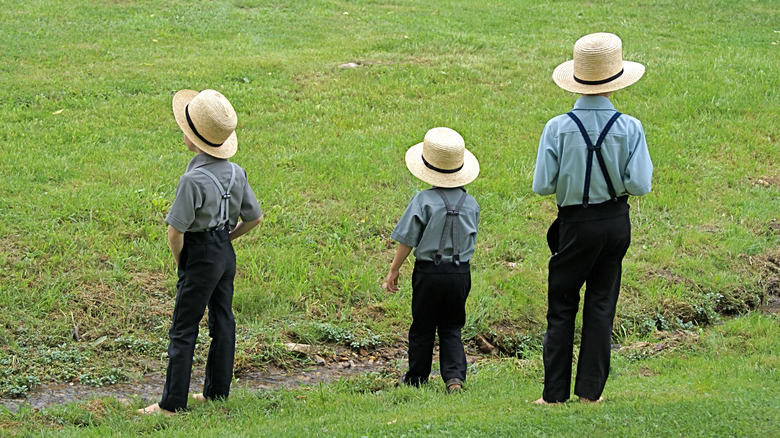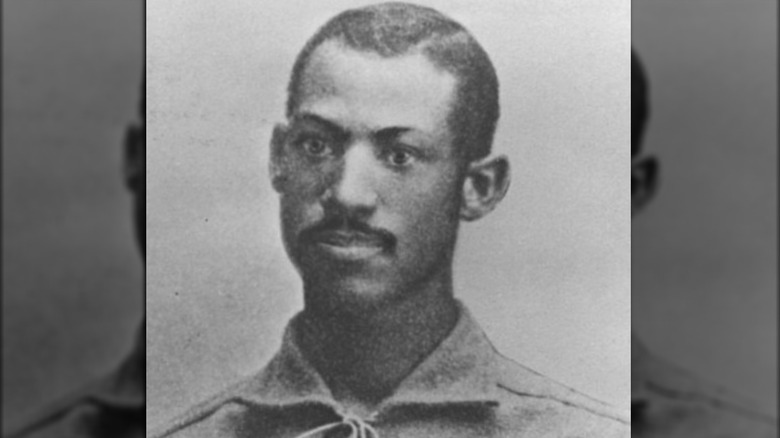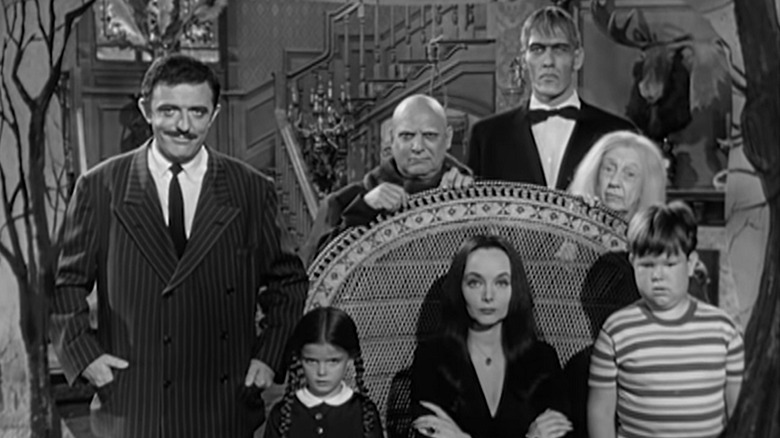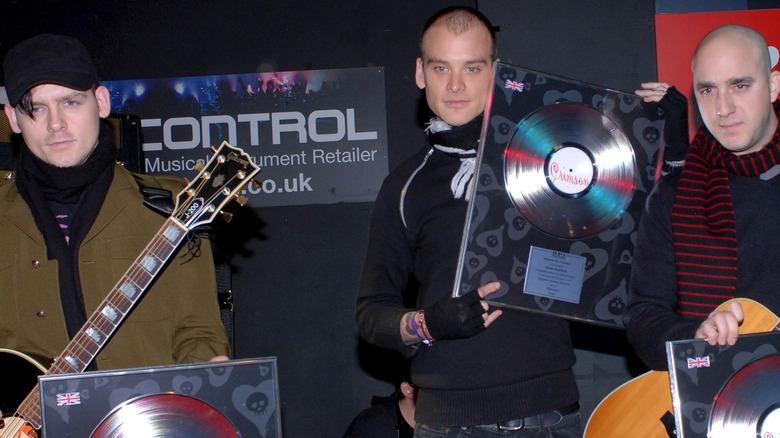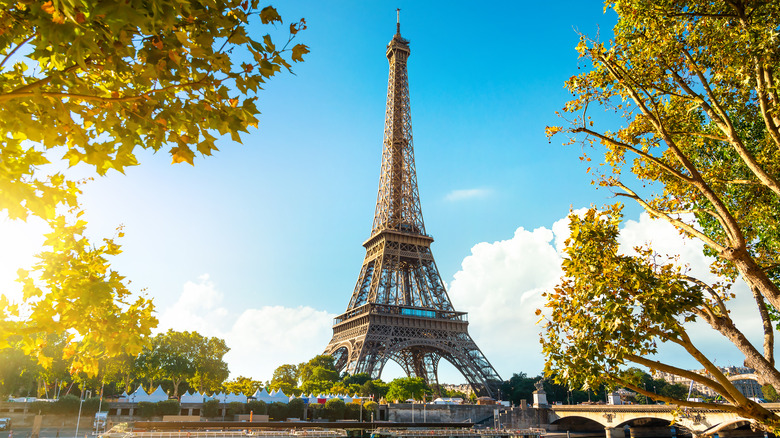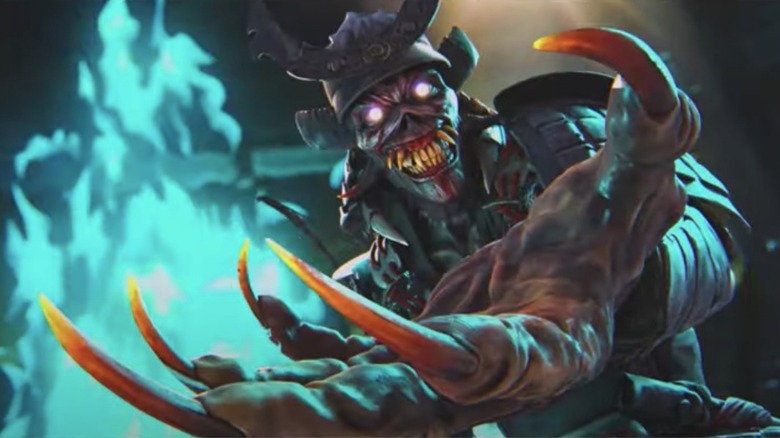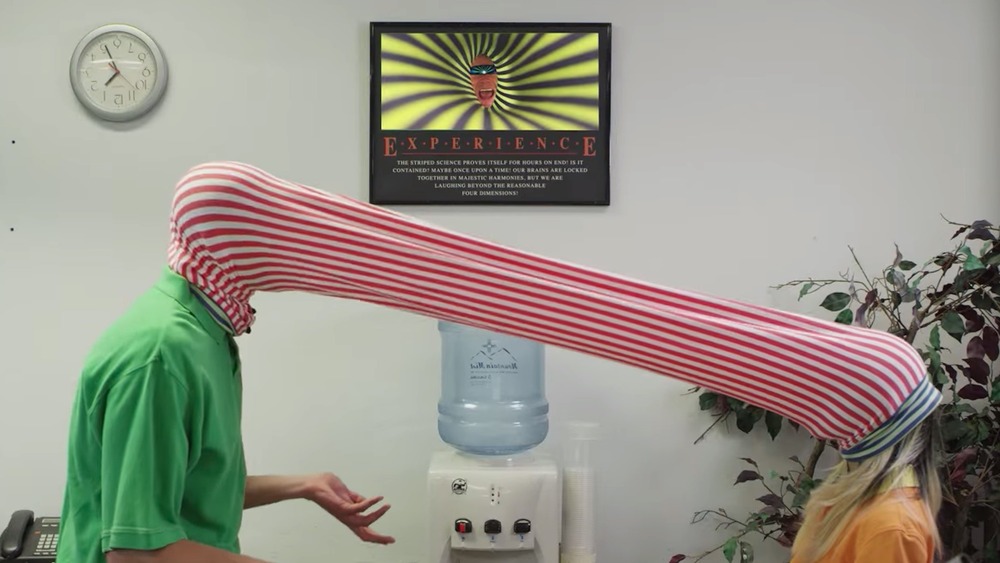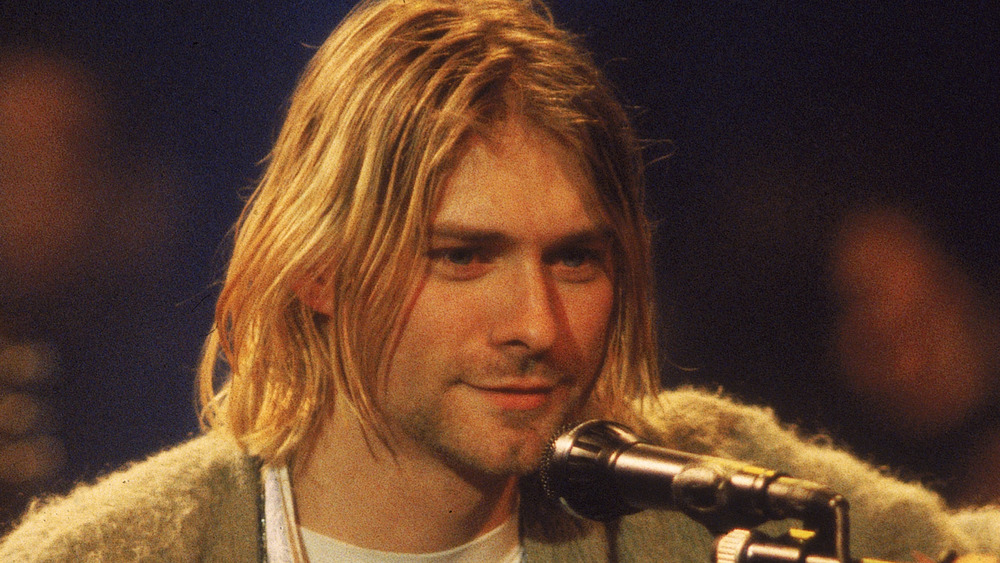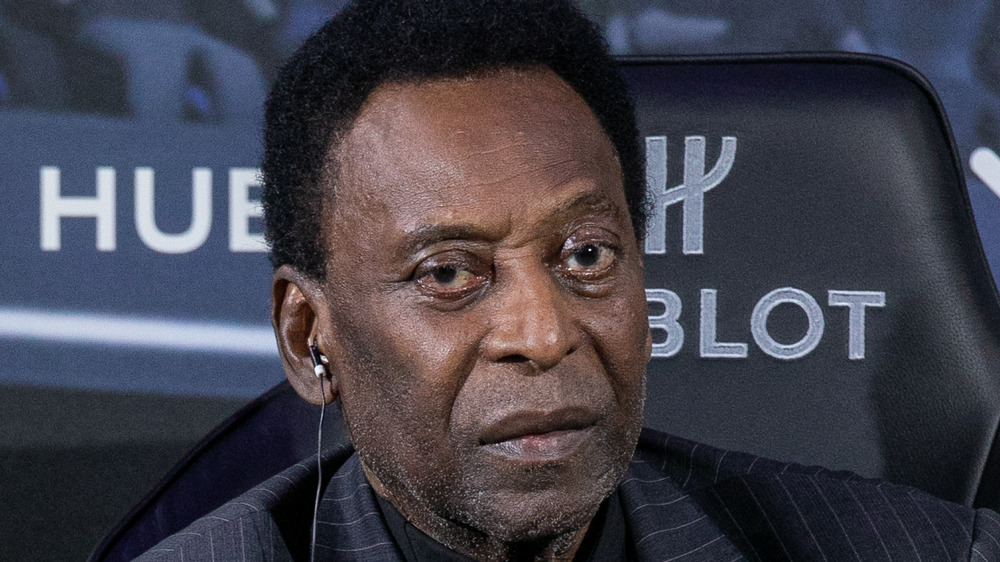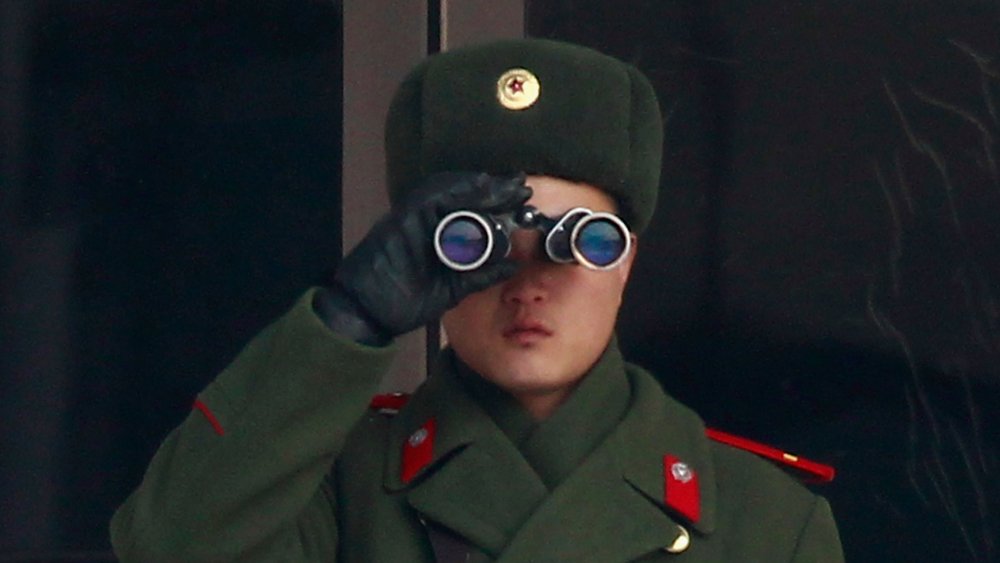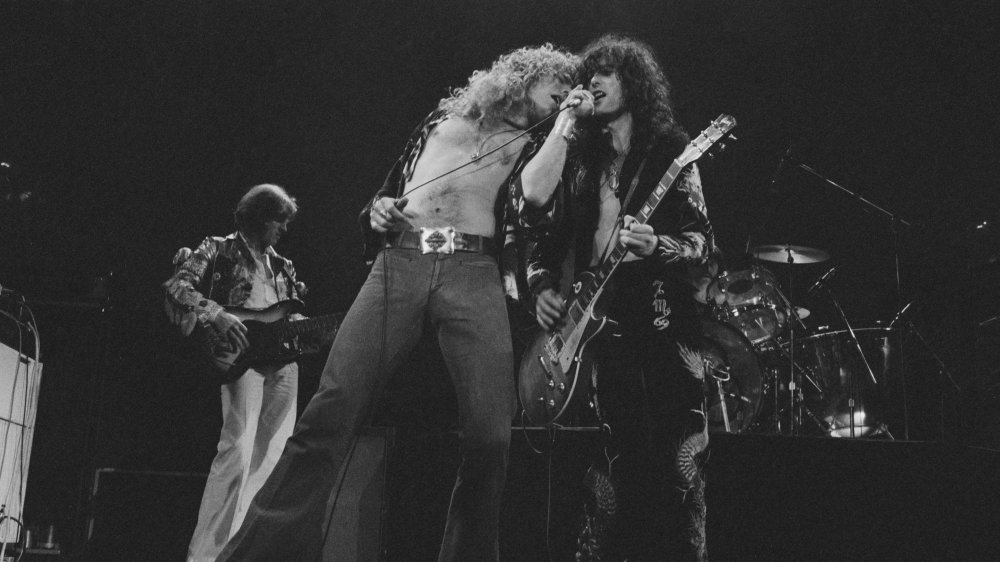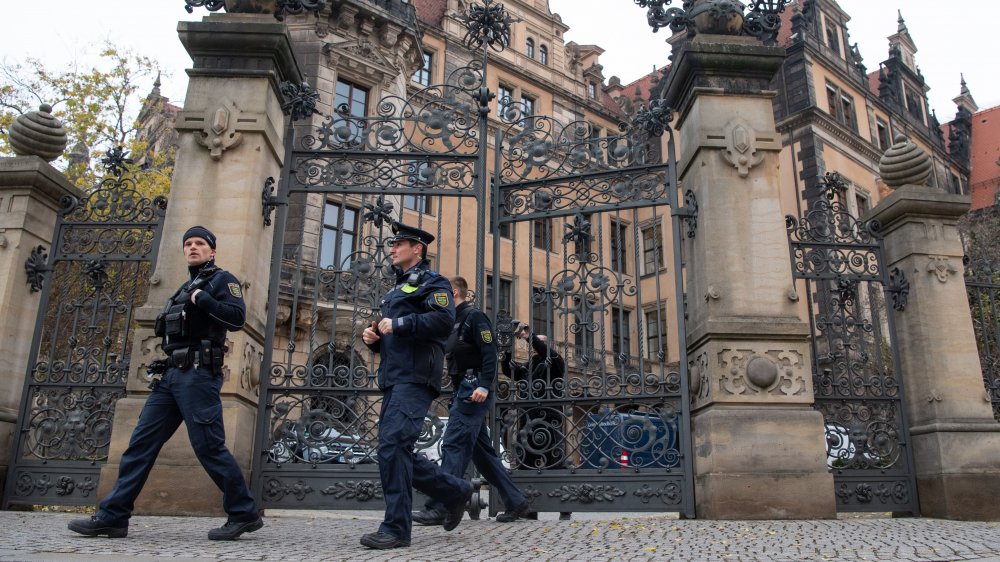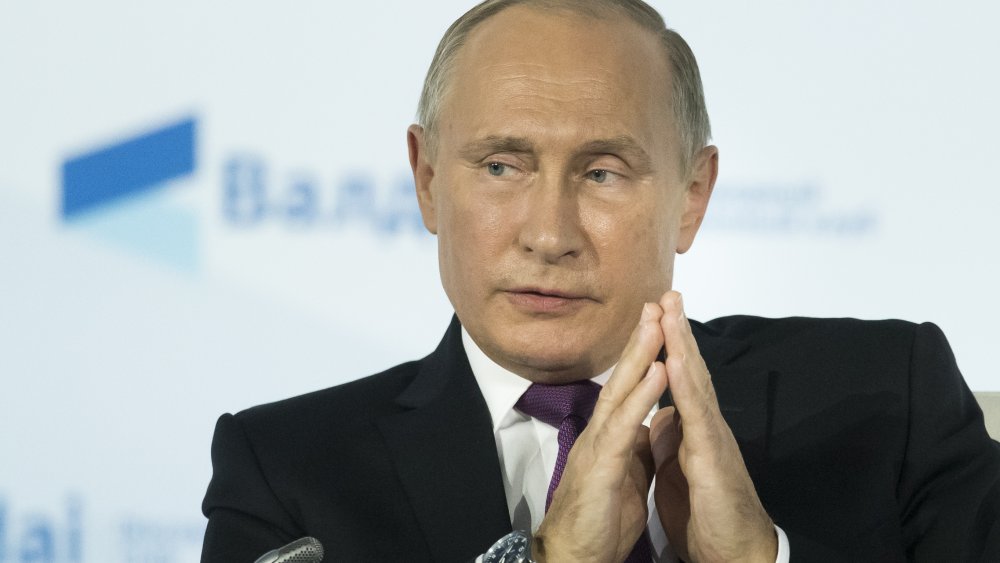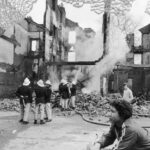
The Tragic True Story Of The 1981 Brixton Riots
April 2021 marked the 40th anniversary of the 1981 Brixton riots. “I can still recall, with almost psychedelic clarity, the moment that it started,” reporter Richard Bishop wrote of the riots for The Guardian, “a brick arcing through the air, the crunch of an imploding police van windscreen and the glitter of flying glass in the afternoon sunshine. Shortly after, Brixton was ablaze as roaming mobs vented years of pent-up anger.”
According to a 2021 BBC report, hints of civil unrest emerged on Friday, April 10, 1981. In Brixton, a district in the Lambeth region of South London, the Metropolitan Police reportedly inflicted violence upon a Black man. As word of this police brutality spread, a crowd of people gathered in protest. Still, the initial backlash only lasted a few hours.
The next night, crowds took to the streets of Brixton once more to protest against the police. This time, the protests grew violent, and lasted not for a few hours, but for three days. The crowd, which was mostly made up of young men of color, communicated their anger by fighting with the police and damaging property around the district. BBC reported that more than 300 people were injured during the riots, and the damage cost an estimated £7.5 million — which is equivalent to approximately $32.6 million, adjusted for inflation.
The 1981 Brixton riots were a major event in Britain’s Black history. Here’s a closer look at the troubles that ignited the protesters’ fury.
Brixton's “stop and search” laws highlighted the region's racial disparities
The Brixton riots shocked many members of the British public because they seemed sudden, and even unwarranted. But below the surface, the reality of Black British life was bleak for some. According to a 2006 BBC article, 25% of the population of Brixton was “from an ethnic minority group,” and around half of the young Black men in the district were unemployed. Perhaps the most obvious racial disparity was reflected in the relationship between Black residents and the police force.
The region’s “Sus” law allowed members of the Metropolitan Police to stop and search any citizen they suspected of planning to commit a crime. In early April of 1981, the police aimed to crack down on street crime in Brixton through Operation Swamp, which involved stopping and searching more than 1,000 residents in six days. Many Black residents, who were already disillusioned by economic hardship, felt that this law unfairly targeted them.
Operation Swamp seemed to be a breaking point for Brixton’s Black community, and it also sparked further unrest across the country, including in major cities like Liverpool and Manchester.
In November 1981, British judge Lord Scarman conducted a public investigation into the riot’s root causes, per BBC. He concluded that there was “no doubt racial disadvantage was a fact of current British life,” but that institutional racism was not present in London’s Metropolitan Police force. Still, Lord Scarman’s report — and therefore the riots themselves — brought an end to the “Sus” law.
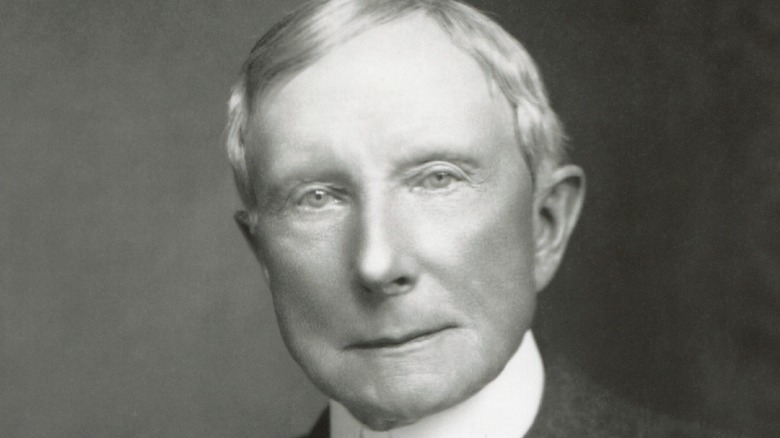
How John D. Rockefeller Avoided Civil War Combat
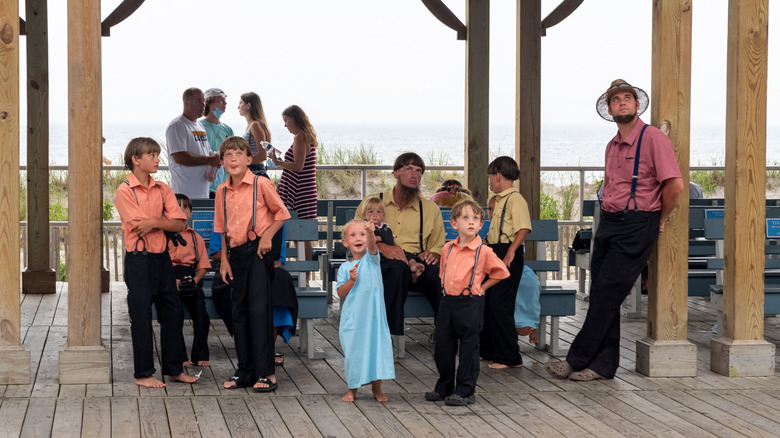
Here's What The Amish Do On Vacation
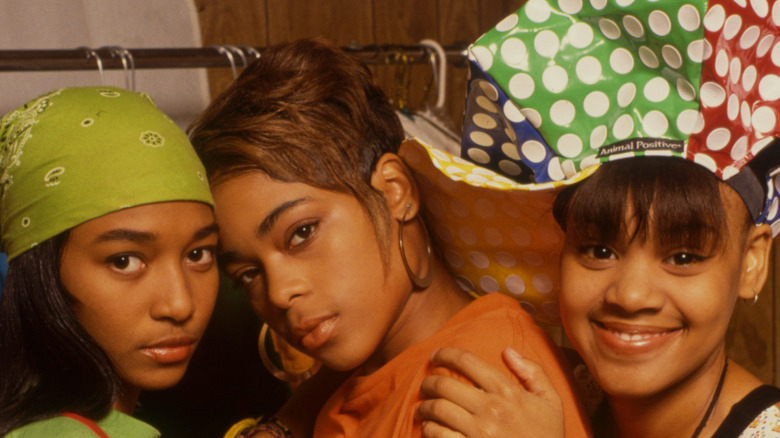
How TLC Ended Up With No Money
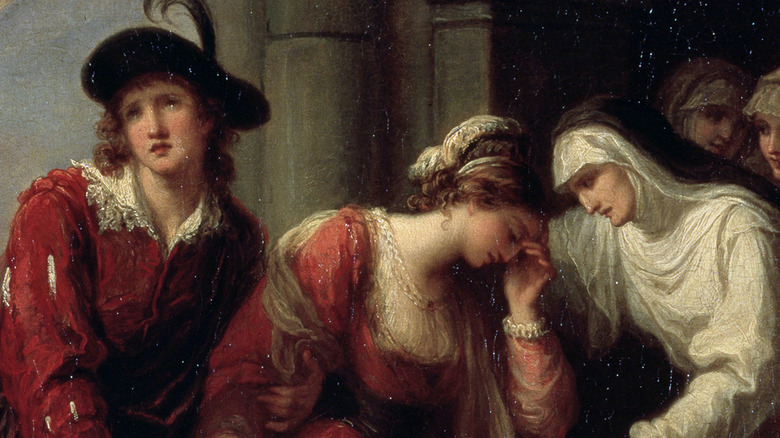
The Historical Cruelty Of Heloise And Abelard's Marriage
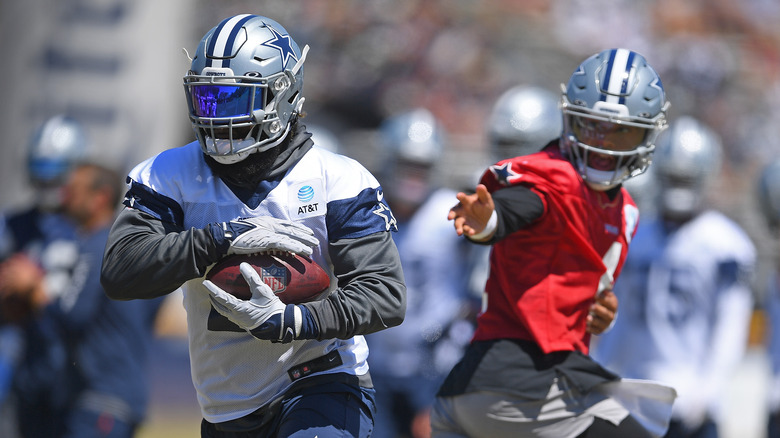
The Truth About Ezekiel Elliott And Dak Prescott's Relationship
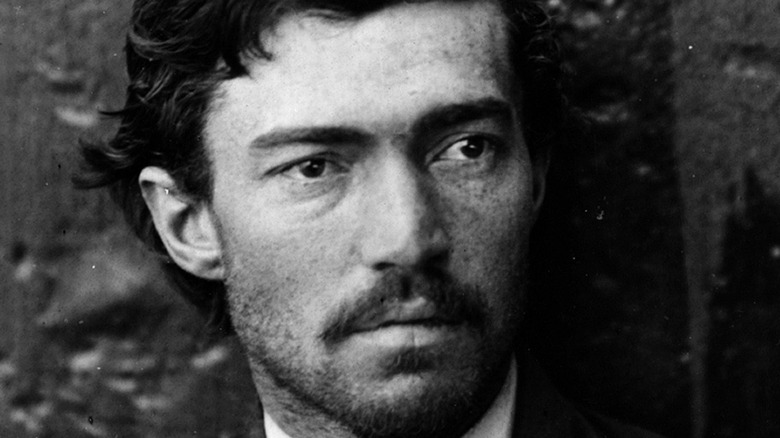
What Samuel Arnold's Life Was Like After He Tried To Kill Abraham Lincoln
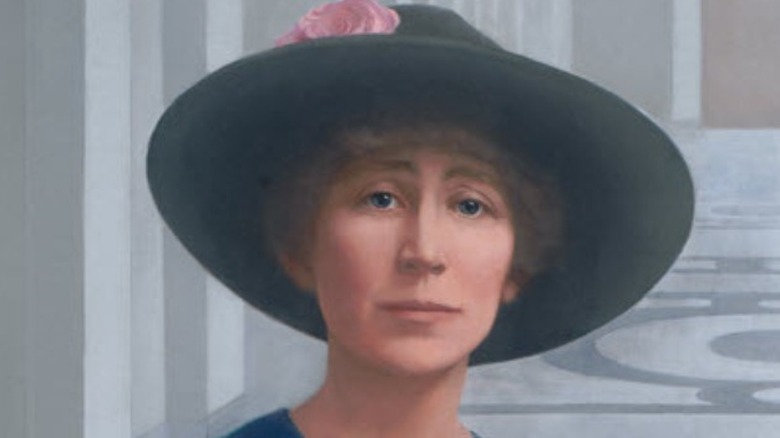
The Untold Truth Of The First Woman Elected To Congress
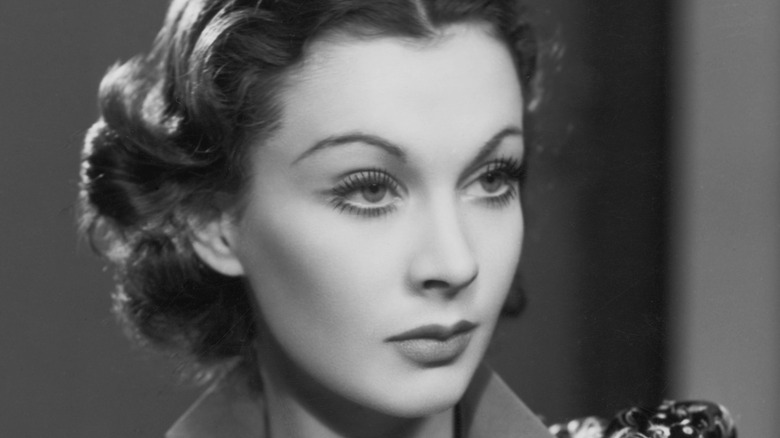
The Tragic Death Of Vivien Leigh
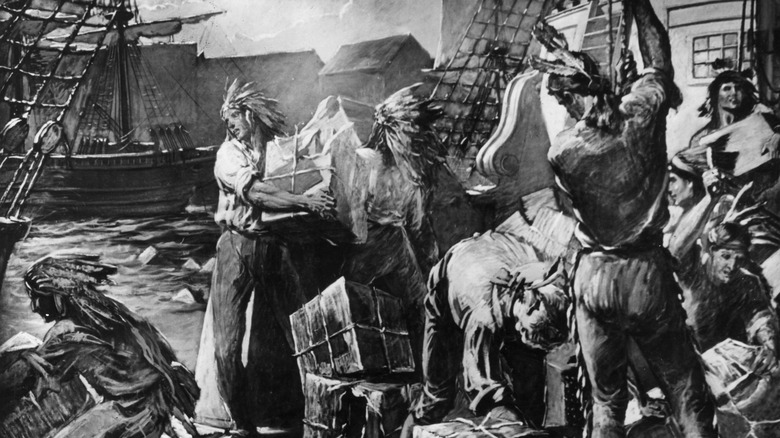
Why The Boston Tea Party Really Happened
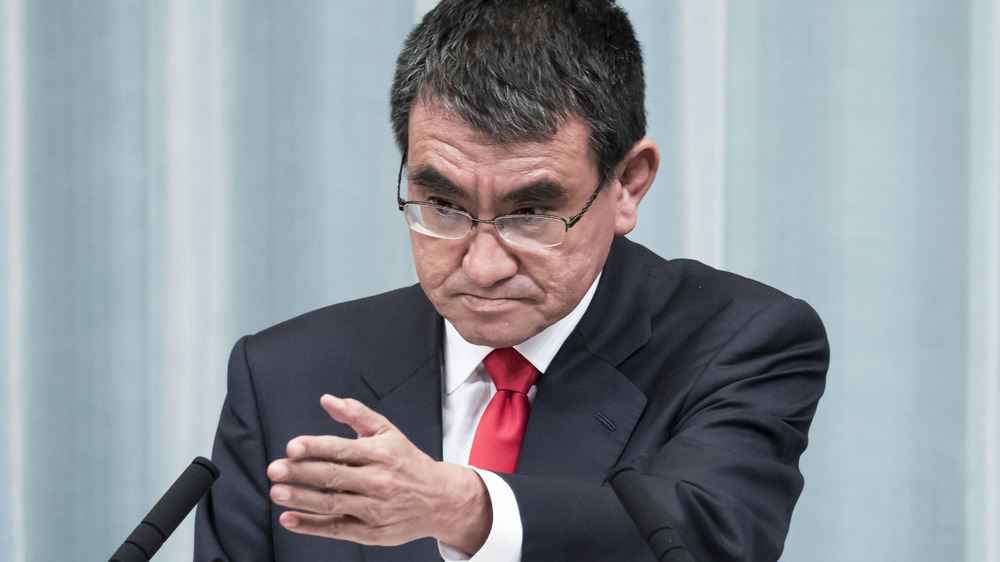
The Truth About The Japanese Prime Minister's War Against Fax Machines
